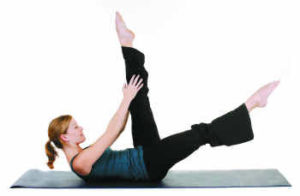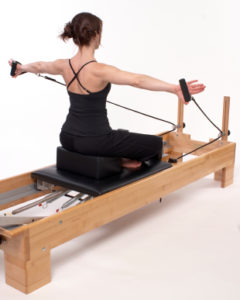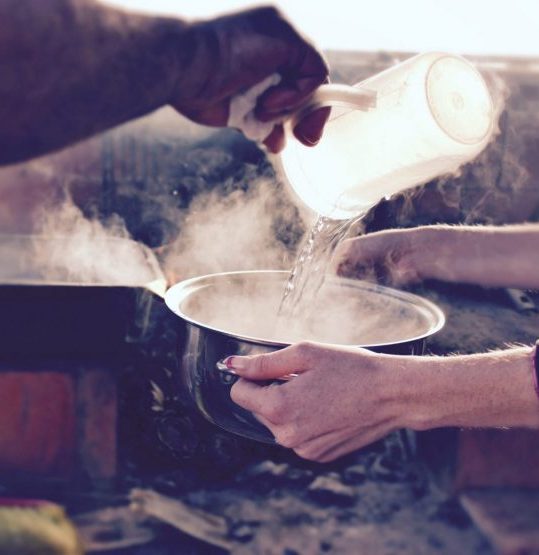 With both the mat and the reformer offering very similar benefits, it’s no wonder people new to Pilates get confused about which they should go for. Even Pilates instructors argue about whether beginners start by rolling out a mat or climbing onto the reformer.
With both the mat and the reformer offering very similar benefits, it’s no wonder people new to Pilates get confused about which they should go for. Even Pilates instructors argue about whether beginners start by rolling out a mat or climbing onto the reformer.
Josef Pilates intended the two forms to compliment each other and, with everyone’s goals, fitness and lifestyle unique, it’s important to choose what you think will suit you. You may find that’s one and not the other, or perhaps a combination of the two.
The Mat

The mat is where most people start as it is cheaper to join a group lesson and easier to practice at home.
Mat work is based around about 50 movements. This means that beginners can pick it up relatively quickly but those who attend classes frequently can tire of its routines. Some instructors, however, use props (fitness circles/light weights), meaning the range of movements can double and lessons are more varied.
With no apparatus to manipulate, mat work embraces more flow and less downtime than reformer work. Consequently, many people find they burn more calories at the same time as strengthening and toning their core, buttocks and legs.
However, with you body weight and gravity providing the resistance, sometimes mat routines can be more challenging than early reformer work where you are able to set the resistance to a low level.
With mat work, you will need to be able to control and stabilise your full body during workout. Unlike the reformer, which supports some muscles while you exercise others, you will find that some muscles will be engaged for the entire session.
This means that it may prove tougher for those with little core strength or those recovering from injuries.
The Reformer

Capable of targeting and isolating certain muscles while supporting others, the reformer is perfect for anyone who doesn’t have enough core strength to begin on the mat.
Its springs, straps and pulleys allow you to train particular muscles while supporting others. Those singled out for training can also be exercised more deeply than they would be during a mat routine.
This makes it ideal for anyone recovering from injuries or surgery. Those with leg or knee problems may also benefit from being able to exercise effectively in a horizontal plane.
Overweight people who are unable to support their bodies in a mat routine may also find advantages in the added support and gentler workouts offered by the reformer.
The reformer can incorporate up to 500 movements, meaning that experienced Pilates pupils or those enjoying long periods at Pilates retreats needn’t worry about lessons becoming repetitive.
Frequent Pilates goers can also set the resistance at a higher level than that provided naturally by their body and gravity on the mat, giving them a greater challenge and a chance to build more muscle mass.






















